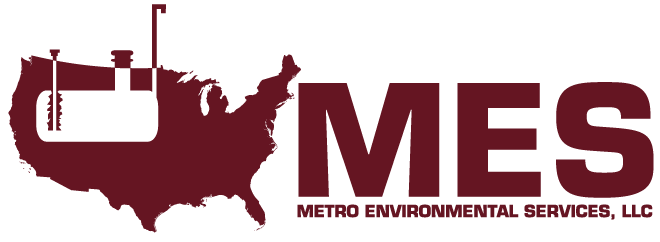Operator Training Minimum Training Requirements and Training Options
The EPA regulations for petroleum storage tanks are getting more complicated every year. It takes experienced compliance specialists to stay up to date with the new requirements, enforcement actions and financial responsibilities.
Operator Training Minimum Training Requirements and Training Options
In 2015, EPA revised the underground storage tank (UST) regulations. Below you will find 2015 requirements for operator training.
EPA established the following minimum training requirements for designated Class A, Class B, and Class C operators. Operators must be trained by October 13, 2018. After this date, new Class A and Class B operators must be trained within 30 days of assuming duties. Class C operators must be trained before assuming duties.
Class A Operators
Each designated Class A operator must either be trained or pass a comparable examination that provides general knowledge of the following requirements:
- Spill and overfill prevention
- Release detection
- Corrosion protection
- Emergency response
- Product and equipment compatibility and demonstration
- Financial responsibility
- Notification and storage tank registration
- Temporary and permanent closure
- Related reporting, record-keeping, testing, and inspections
- Environmental and regulatory consequences of releases
- Training requirements for Class B and Class C operators
At a minimum, the training program must evaluate Class A operators to determine if they have the knowledge and skills to make informed decisions regarding compliance and determine whether appropriate individuals are fulfilling the operation, maintenance, and record-keeping requirements for
UST systems.
Class B Operators
Each designated Class B operator must either be trained or pass an examination about the regulatory requirements and typical equipment used at UST facilities; or site specific requirements which address only the regulatory requirements and equipment specific to the facility:
- Operation and maintenance
- Spill and overfill prevention
- Release detection and related reporting
- Corrosion protection
- Emergency response
- Product and equipment compatibility and demonstration
- Reporting, record-keeping, testing, and inspections
- Environmental and regulatory consequences of releases
- 3/30/2017 Operator Training Minimum
- Training requirements for Class C operators
At a minimum, the training program must evaluate Class B operators to determine if they have the knowledge and skills to implement applicable UST regulatory requirements on the components of either: typical UST systems or site specific equipment used at their UST facility.
Class C Operators
Each designated Class C operator must either: be trained by a Class A or Class B operator; complete a training program; or pass a comparable examination. The training option chosen must teach or evaluate the Class C operator’s knowledge to take appropriate actions (including notifying appropriate authorities) in response to emergencies or alarms caused by spills or releases resulting from the operation of the UST system.
Training Program
This term covers the minimum requirements listed for the classes of operators described above and includes an evaluation through testing, a practical demonstration, or another approach acceptable to the implementing agency. A comparable examination must, at a minimum, test the knowledge of the Class A, Class B, or Class C operators in accordance with the requirements for each class listed above.
Retraining
Class A and B operators at UST systems determined to be out of compliancemust be retrained within 30 days of the determination of noncompliance. Forretraining, the training program or comparable examination must be developedor administered by an independent organization, the implementing agency, or arecognized authority. Retraining must, at a minimum, cover those areas foundto be out of compliance. Retraining is not required if:
- Class A and B operators take annual refresher training.
- The implementing agency waives retraining.
Records
Owners and operators must maintain a record identifying all currently designated operators at the facility. The record must include the operator name, operator class, date assumed duties, and training or retraining dates. In addition, owners and operators must have records verifying completion of training or retraining. This record must have the trainee name, date trained, operator training class completed, name of training company or examiner, and the training company’s name, address and telephone number.







